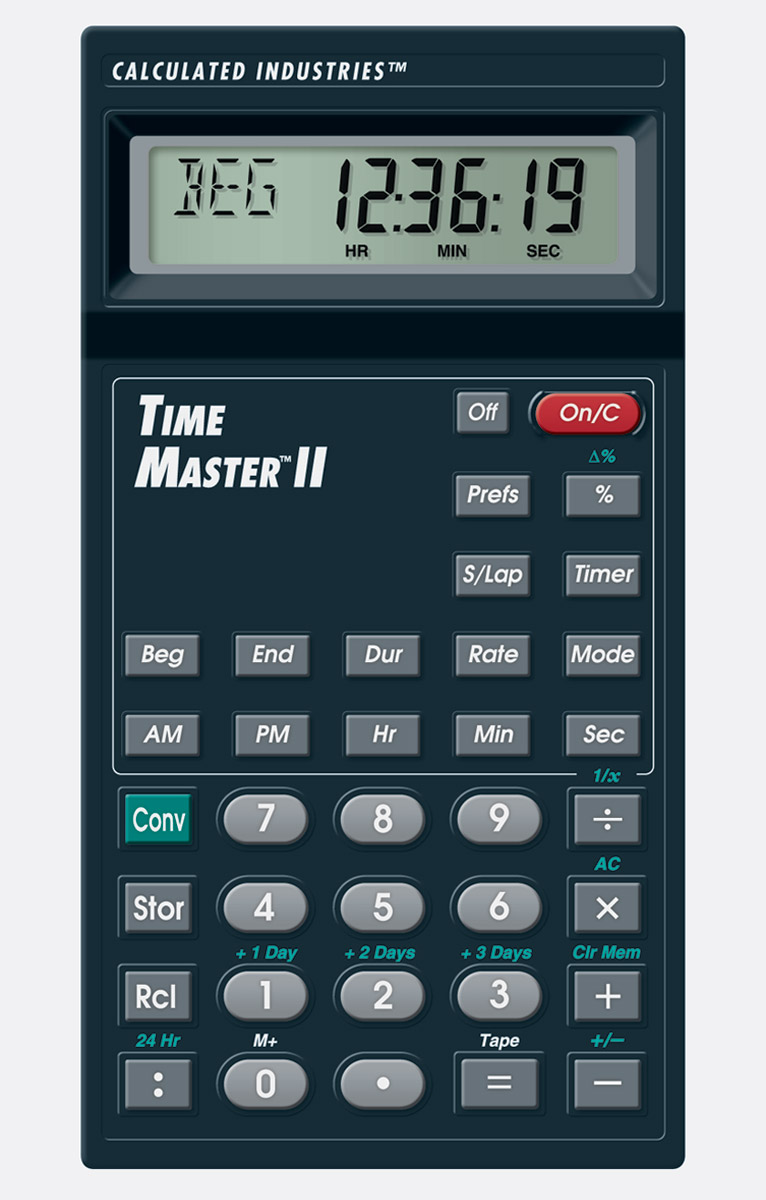

Run built in Clock card reports with hours totals and personnel details reports. Alternatively you can get one hereĪ6 Time recorder sotware Run simple Attendance and personnel reports Or similar you can import the records from these devices into our software.If you are unsure contact us for further details. Such as an A5 Time clock or A6 Time Attendance clock. If you have an existing Fingerprint or RFID terminal you may have bought on the internet with no software. Good News you can simply store your employees normal working hours from his/her clock card and then edit them each week by exception (you do not have to add the times each week just the ones that are different from normal) this will give you an electronic clock card with minimal investment in time and cost. If you do not wish to use an attendance terminal and wish to continue with your existing attendance cards or clock machine cards but still want to benefit from our Clock card Calculator features. By storing your employee detail this will save you time and allow you to get more benefits from using the system such as running reports. You can store your employees historic attendance records each week allowing you to review them later when needed.
#Timeclock calculator software
Then our Primetime Web hosted attendance software could be what you need. Or alternatively you have an existing Attendance terminal you wish to keep using which is either Fingerprint, RFID card or Face Recognition and are happy to transfer the attendance file manually to the file drop page via the use of a usb flash drive.

If you don't want to use a conversion calculator (like the one above), another basic tool is a decimal conversion chart. When you have to turn, say, 17 hours and 25 minutes in decimals, you can easily check the conversion table and see that this equals 17.42 hours.If your employees currently use a traditional time clock and you wish to keep this recording method but benefit from an online clock card calculator system with features listed below. Manually converting employee hours and minutes to decimal values (hundredths) is time-consuming and prone to errors. Minutes to Decimals Time Conversion Chart To get her net pay, you'll have to factor in deductions and taxes. Melanie’s weekly pay based on her total hours is then: 37.7 hours x $15 = $565.50 This means that 37 hours and 42 minutes convert to 37.7 hours in decimal time. Then you have to add the converted minutes to the hours: 37 + 0.7 = 37.7 The correct calculation is thus: 42 minutes/60 = 0.7 You have to convert minutes into decimals. This is wrong since, once again, an hour is made up of 60 minutes, and not 100. However, if you take 37 hours and 42 minutes as they are, you would get 37.42. Then you need to multiply the number of hours she worked by her hourly rate to determine her weekly total pay. The hourly rate that she receives is $15.įirst, you have to take the information from her weekly time card or timesheet that contains her clock-in and clock-out times (ee timecard templates here). This week she has worked 37 hours and 42 minutes (and no overtime hours). It is also essential for keeping track of lunch breaks, general break time, overtime pay, and holidays. This is crucial for hourly staff members, who are often non-exempt employees. You need to convert time into decimal numbers to figure out your employees' exact pay rate.

Why? Because one hour contains 60 minutes, and not 100. But hours and minutes aren’t directly equal to money owed.

Usually you get records of employees’ time worked in hours and minutes. Wait…so why do I need time clock conversion?


 0 kommentar(er)
0 kommentar(er)
